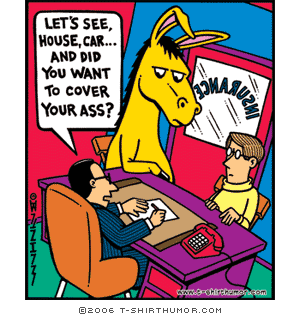
Warren Buffett’s less well-known business partner, Charlie Munger, has volumes of wisdom and quotes to learn from but there is one in particular about having reasonable expectations that I can’t clear from my mind right now because of its relevance to bringing new products and features to market.
How are reasonable expectations relevant to new products? What are they?
Reasonable expectations will drive better decision making and hopefully – but not always – lead to an outstanding outcome. They allow space for patience, the right focus and the right conversations. Not just with your stakeholders but also in your own mind.
Unreasonable expectations will almost always lead to failure. Failure in the worst sense because it’s harder to learn lessons and you won’t get the outcome if your expectations are unreasonable.
You’d be surprised how subtle the line is of unreasonable expectations, it’s easier to fall into this than you think.
Example: Team Reasonable v Team Unreasonable
Let me share an example to help make this more concrete. Consider one product launched by two teams, one with reasonable expectations (Team Reasonable) and another with unreasonable expectations (Team Unreasonable).
Team Reasonable maps out achievable goals and metrics, prioritised in a disciplined way that has a path for knocking down the assumptions and hypotheses they have (recognising their information gaps and risks). They feel a little bit uncomfortable and impatient because their reasonable expectations won’t feel like it gets them there fast enough or will make a big splash.
Team Unreasonable is ambitious, they want to hit the goal (and good on them). They say “we’re going to be live with New Release X and it will have growing revenue”. They may even hit these goals in the short term but in the long run problems will emerge. What isn’t stated here is that this relies on multiple assumptions: how will the market respond to the acquisition efforts? How well will the product solve the customers problem? Are we sure its the right customer?
How to set reasonable expectations?
When you’re taking a new product, release or feature to market some of the ways you can set reasonable expectations are by:
- Explicitly stating your expectations.
- Disciplined prioritisation (use one or more methods).
- Planning for removing risks, validating assumptions and testing hypotheses
- Focusing on one thing at a time – pick one metric or one assumption to validate at a time, don’t end up in a cluster-mess of problems.
- Old fashioned project management – laying out what you need to do in a timeline.
- Re-evaluating when new information comes to light.
There is more to it than this but hopefully the simple steps above give you a starting point.
Once you’ve set expectations…
Once you’ve set expectations you then need the patience to commit to working towards them. This is harder than it sounds. Everyone will excitedly set of on the plan you agree but then start getting nervous and impatient.
Psychology and its effects on expectations
A word about optimism, ambition, ass-covering as well as ignorance and their effects on expectations.
Optimism and ambition is a great when channeled in the right way. Believing you can achieve amazing things is what leads to amazing, real innovation that progresses your customers lives and sometimes the whole world. But ambition with unrealistic expectations is just dreaming or, worse, drives damaging behaviour and decisions.

Ass-covering is a fascinating phenomenon most prevalent when launching new products or features in larger companies. Expectations are framed as reasonable so as to ensure the people involved look good or, more commonly, don’t look bad. A prime example of this is “we’re being realistic, we only expect a small amount of people to use this in the first year” ignoring the fact that they really need to expect more from the millions they are about to invest or have invested.
Ignorance (either willful or not) can also result in unreasonable expectations masquerading as reasonable expectations. This is planning for, achieving and celebrating results that any other above average team would have exceeded. The best way to avoid this is constant knowledge gathering on best practices, your competitors, the market and case studies.
A final thought
Getting this right isn’t easy. If it was, everything would succeed. And even if you do get it right you don’t have a guarantee of success – just a higher likelihood of getting the outcome you want, managing downside and learning something meaningfully useful.